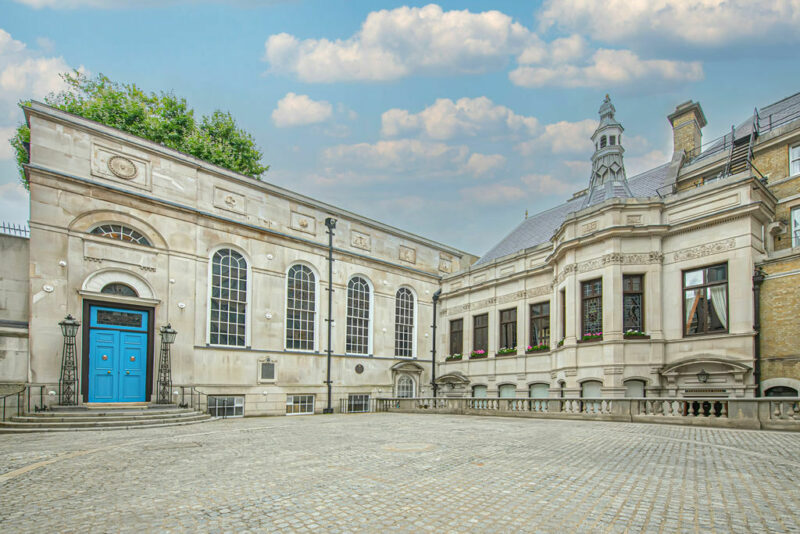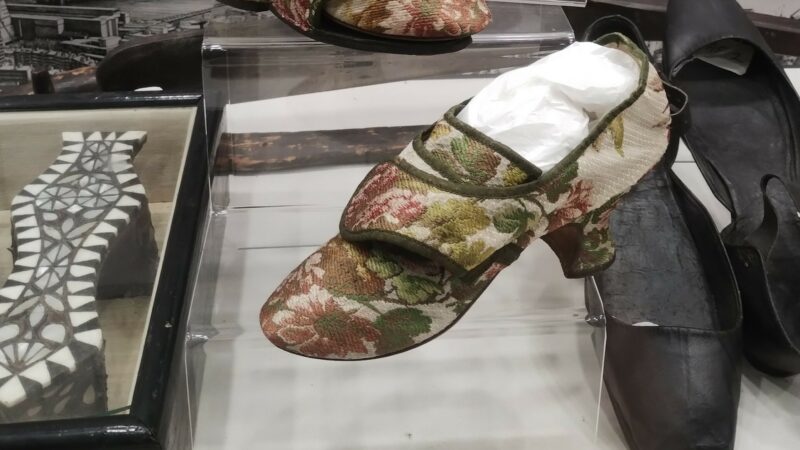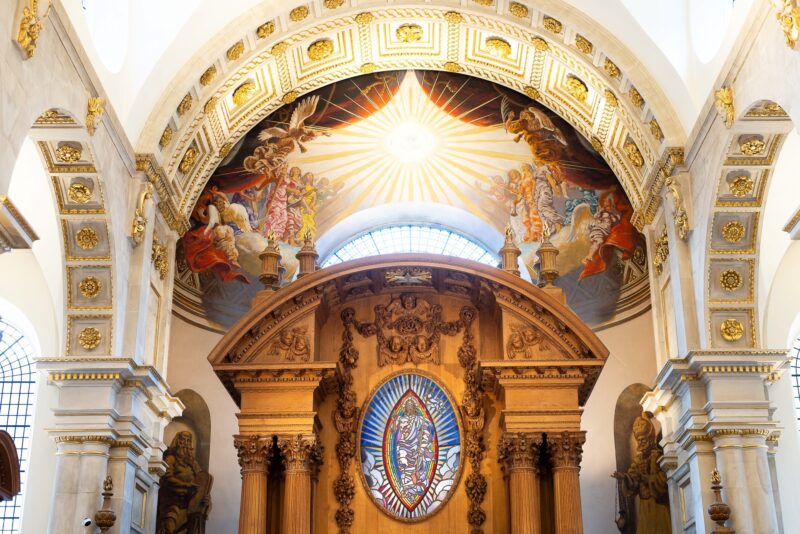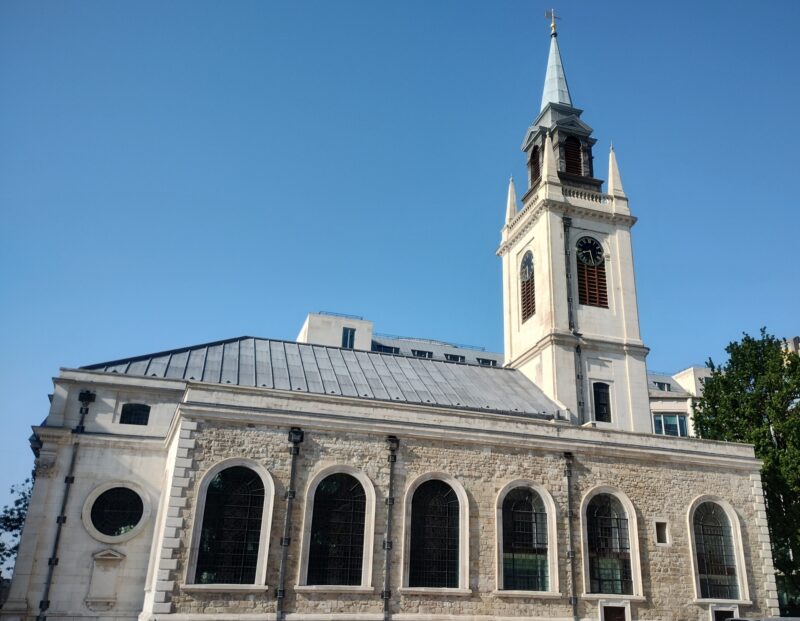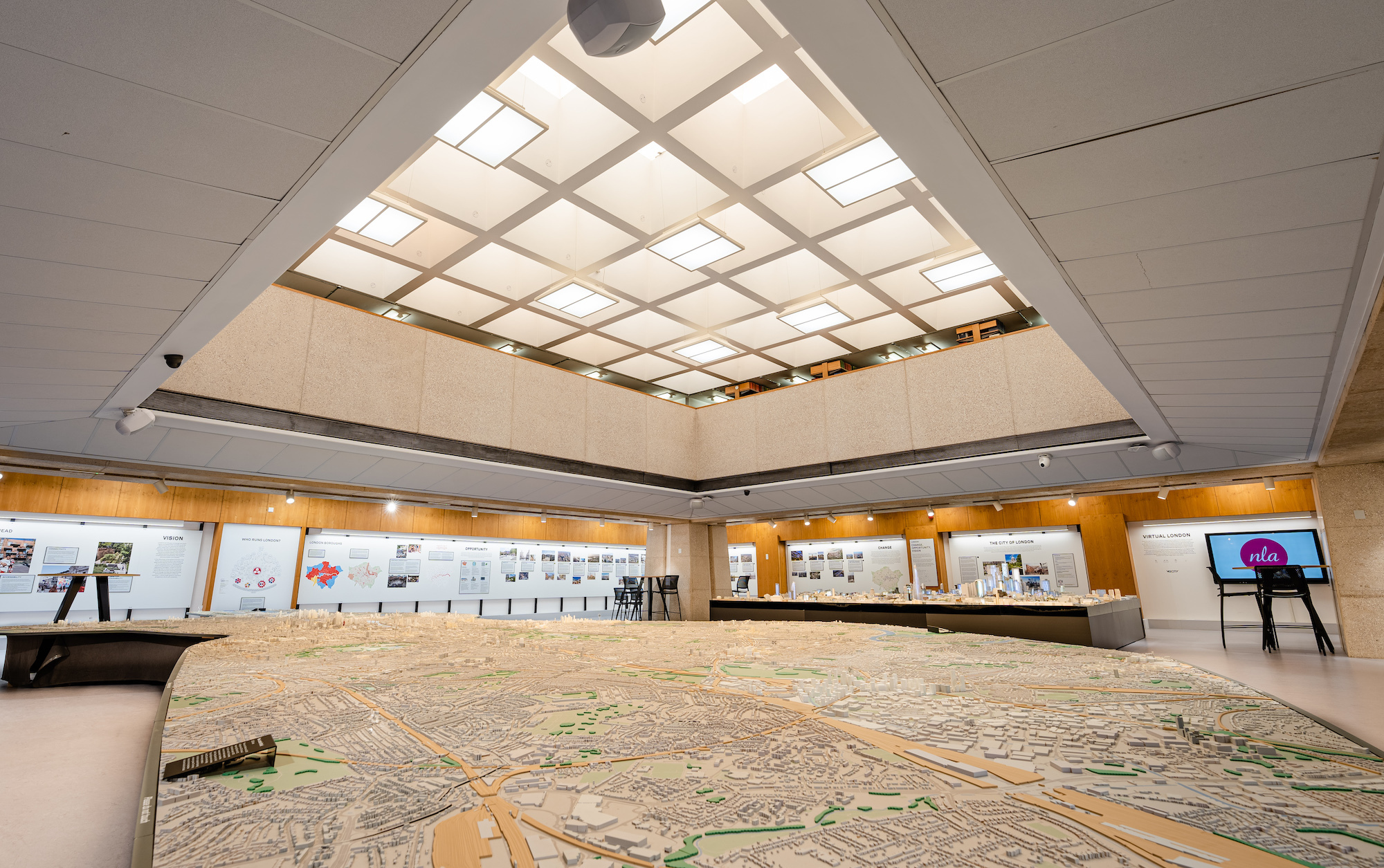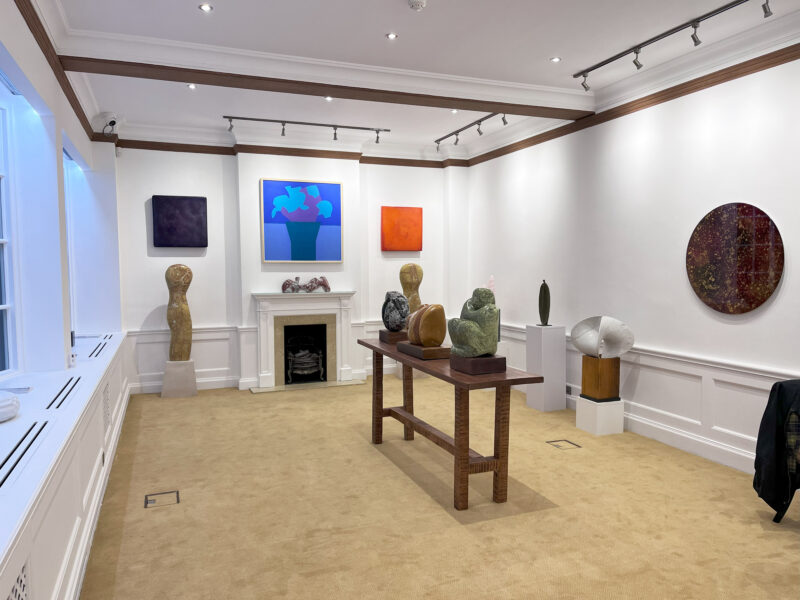
St Giles' Cripplegate is one of the few remaining medieval churches in the City of London and, after surviving devastating bombing during the Blitz, it sits at the heart of the modern Barbican development.
It is thought that there has been a church on this spot for one thousand years. In 1090, a Norman church stood on this site, built by Alfune, Bishop of London, who afterwards assisted Rahere, the founder of nearby St Bartholomew's, in building the neighbouring church of St Bartholomew the Great.
Some time during the Middle Ages, the church was dedicated to St Giles. The church's full name is "St Giles' without Cripplegate", referring to one of the gates through the old City wall which had its origins in Roman times as a fortification to protect the Roman city from attackers. There is no definitive explanation of the origin of the word 'Cripplegate' though it is likely that the word comes from the Anglo-Saxon "cruplegate", which means a covered way or tunnel. The church was situated outside the wall at the Cripplegate, hence its name of "St Giles' without Cripplegate".
As the population of the parish increased, the church was enlarged and it was rebuilt in the Perpendicular Gothic style in 1394, during the reign of Richard II. The stone tower was added in 1682. The church was damaged by fire on three occasions – in 1545, 1897 and 1940 and the church was designated a Grade I listed building on 4 January 1950 and it was extensively restored in 1966.

